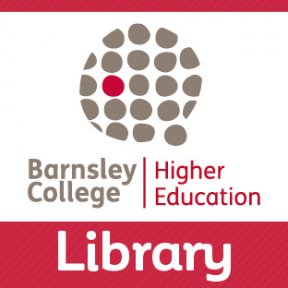In this section
Report writing
Characteristics of Reports
A report is the formal writing up of a piece of research or project work. Reports are usually written in a concise style, giving precise detail. Although there are many different kinds of reports, they are usually structured in similar ways so that readers can find information quickly. Reports are not the same as essays.
Different Goals
The style and content of your report should be appropriate to the readers for whom you write.
- If you make recommendations for action, evaluate different options.
- For business reports, include details of costs, losses and potential profits for each option.
- For a report based on an experiment, describe the experiment and the conditions under which it took place.
- If you are writing for a client (such as work placement employer), tailor your report to the client’s own requirements.
Cottrell, S. 2008, The study skills handbook, 3rd ed. Basingstoke: Palgrave Macmillan Ltd.
Structure and Organisation
A standard report usually includes the following sections: Title, Author’s details, Date, Contents page, Abstract (Executive summary), Introduction or Terms of reference, Methodology, Results, Discussion, Conclusion (Recommendations) and Appendices.
Using headings and sub headings is important in report writing and you must make sure your contents page correctly represents the headings system you used in the structure of the report. Readers need to be able to use content pages to identify quickly and easily which sections are most relevant to them and where to find them.
Abstract – This section should provide a brief summary of the context, methodology and findings of your report, and is intended to give readers an overview of your project (research) before they continue reading.
Introduction – In your introduction you should include information about the background to your research, and its objectives.
Methodology – If your report involved research activity, you should state what that was; for example you may have interviewed clients, organised focus groups, or done a literature review.
Results – The results section should provide an objective summary of your findings, which could be presented descriptively, or by using tables, graphs, or figures.
Discussion – In the discussion section, you are expected to critically evaluate your findings. You may need to restate the aims of your research and whether you were successful.
Conclusion/Recommendations – Your conclusion should summarise the outcomes, whereas in the recommendations sections you might make suggestions for further research or action to be taken.
Appendices – Reports often use an appendix (singular) or appendices (plural) to expand on points referred to in the main body of the report. You can use appendices to provide backup information, usually data or statistics, but it is important that the information contained is directly relevant to the content of the report.
For help with constructing a Contents page on Word, some students have found this Youtube video useful: https://www.youtube.com/watch?app=desktop&v=vUQrUrWeRs0
Opening Times
| Monday | Staffed 8.30am to 5pm; Self-service 5pm to 8.45pm |
|---|---|
| Tuesday | Staffed 8.30am to 5pm; Self-service 5pm to 8.45pm |
| Wednesday | Staffed 8.30am to 5pm; Self-service 5pm to 8.45pm |
| Thursday | Staffed 8.30am to 5pm; Self-service 5pm to 8.45pm |
| Friday | Staffed 8.30am to 4.30pm |
| Saturday | Closed |
| Sunday | Closed |
Find Us
Barnsley,
S70 2YW

